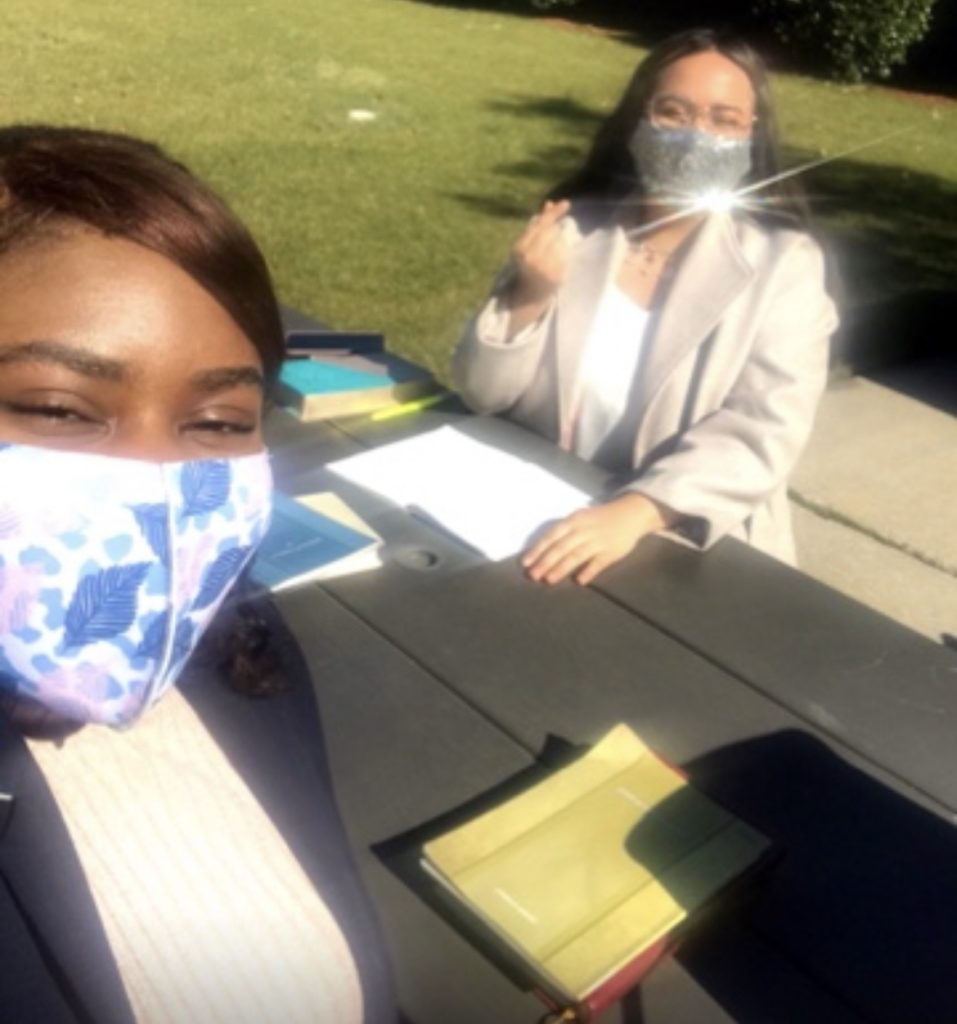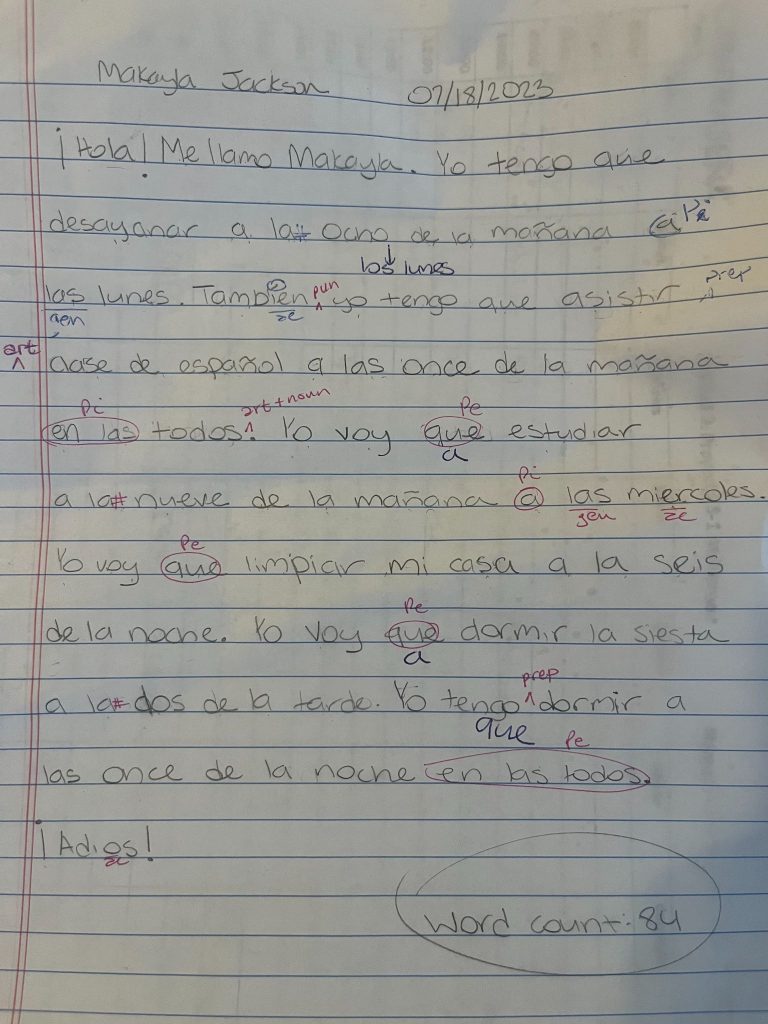While using Lingrolearning, I have learned different ways to learn and retain Spanish language. Through writing, verbally practicing, reading, and etc. Some things that I have collected will show the progress and where I stand.
It was very challenging when I first started using lingrolearning because I had no idea what I was getting myself into. Eventually down the road of learning, it became easier. When I started, I had trouble with pronunciation and writing. Now, I’ve used vocabulary to help me pronounce words and also learn how to spell them.

Some of the weaknesses I’ve had to overcome was simply wanting to participate in learning it because of how frustrating it was in the beginning. I talked to one of my best Spanish speaking friends and she helped me realize that it gets easier as I continued to practice.

- A discussion of how you overcame any weakness or obstacles. Explain what you mean.
- Supported by evidence as represented by your artifacts (course materials, photographs, video, conversations, projects, news reports, authentic materials, etc.).
One of the hardest parts that I learned in Spanish is Ser and Estar. I constantly had to practice and remind myself of which one was referring to inherent qualities and state of the moment.

Instructions
Exploring Culture
Some things that helped me gain understanding of cultural perspectives is seeing other people that live differently on Lingrolearning. From social media platforms, food, and education, it is different from the American standardized way of living. It helped me understand the authenticity of Spanish speaking countries and that they all have different stories to tell.
Some stereotypes were broken due to the fact that I didn’t know of Spanish culture very well. Looking at the Colleges in the Spanish countries amazed me. The colleges are very grand, and the education is top 10. Also, in the United States, just like there are ways of greeting elders and peers, it stood out to me too that Spanish countries have their way of speaking.
Engaging in Communities
Engaging in my immediate community is more so of a given, due to the fact that I am a part of it, and I think that is important because I have to know the world around me let alone go outside of it and explore other communities.
I used to live in a predominantly Spanish area in San Diego, California. I have had an opportunity to have Hispanic friends and also share in some of the culture.

Interpersonal Communication
In lingrolearning, there were countless times that I had to verbally practice Spanish which I consider very helpful. In this short clip, it is me pronouncing majors or specializations which was very complicated for me at the time.
Presentational Writing
During our writing exams, I was able to bring a vocabulary sheet according to the unit I was on. It helped out a lot during the exams given the fact that sometimes my mind would go blank. I’m happy that I got feedback from the project, so it helped me score better in the future and pinpointed what I needed to improve.

It could be better next time by improving the number of topics that I talk about and elaborating using more vocabulary.
Interpretive Listening
In Lingrolearning, there were some activities that allowed me to listen to someone speak fluent Spanish and answer the questions to see what I heard.

The most interesting part about the listening activity is that it helped me understand context rather than pick up on what was exactly being said verbatim. I was able to hear some parts which gave me clues of what they were saying. My weakness of this activity was that I personally felt like it was extremely fast, but after listening to it a few times, I was able to get the answers.
Interpretive Reading
This is an example of the reading I would have in lingrolearning. Thankfully it was able to give me context clues to answer questions. Through this activity, I was able to learn how to take certain parts and make up what the text was about.

The most interesting thing about this is that I was able to use context clues a lot better than when I first started.
Interpretive, Interpersonal, and Presentational Modes of Communication